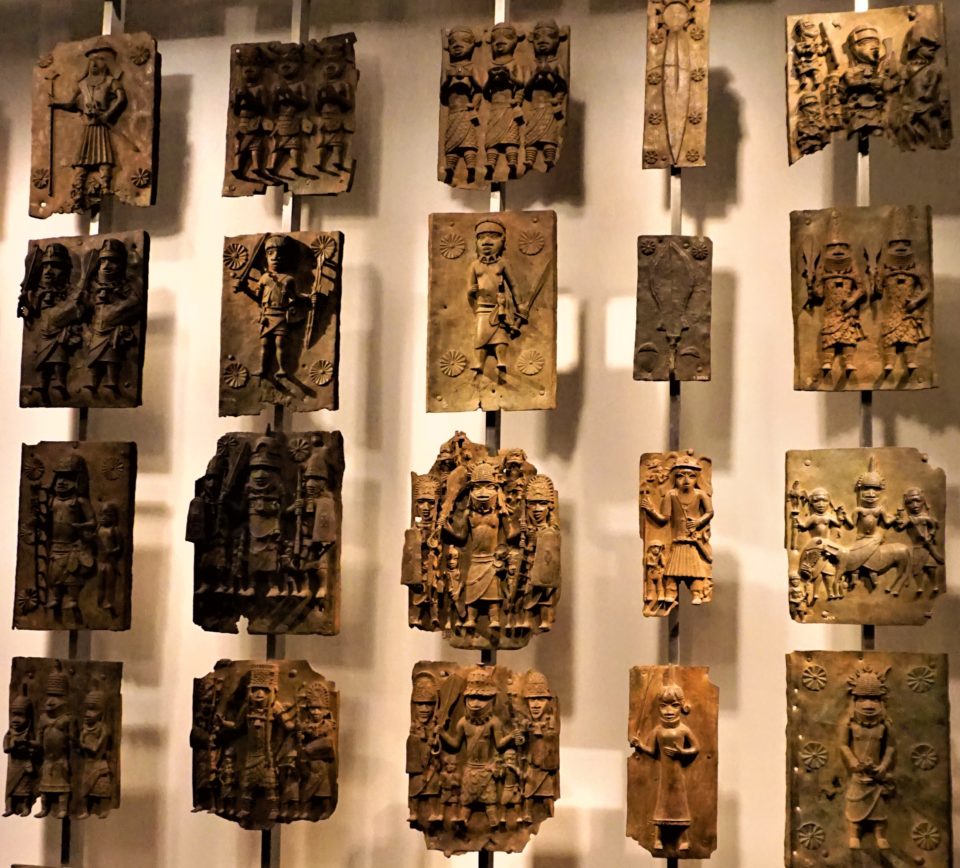The quiet town of Chibok in northern Nigeria is widely known today for the 2014 abduction of 276 schoolgirls by Boko Haram. But over a century earlier, in 1906, this small farming community nestled atop a hill stood as one of the most determined resistances to British colonization.
That November, approximately 170 British troops launched what Parliament called a “punitive expedition” against Chibok. The town had earned the empire’s ire for its annual raids along British-controlled trade routes in Borno State. For 11 fierce days, Chibok’s defenders used the surrounding hills as vantage points, firing poisoned arrows at the invaders in a desperate effort to preserve their sovereignty.
The British response was ruthless. Described in a 1907 parliamentary report as the “small Chibbuk tribe of savages,” the Chibok defenders were labeled “the most determined lot of fighters” British forces had ever encountered in the region. It took three more months—and the strategic discovery of the town’s only natural water source—to force their surrender. “They were starved out,” the report bluntly stated.
Following the conquest, the British gathered the townspeople’s arrows and spears and shipped them back to London. Today, they rest quietly in the vaults of the British Museum. Yet the museum’s online catalogue, among its 73,000 African artefacts, offers no mention of how these items were acquired, nor of the brutal siege that led to their capture.
These arrows, hidden away in museum storage, are part of a broader, unresolved story—one of war, colonization, and the theft of Africa’s cultural heritage.
The Anti-Slavery Rationale and Imperial Plunder
Western governments have long cloaked colonial conquests in noble missions—most notably, Britain’s campaign to end the transatlantic slave trade. But behind the humanitarian rhetoric lay another reality: military incursions across the African continent, often justified as “civilizing” acts, frequently ended with looted artefacts and humiliated kingdoms.
Critics argue that Western museums, which house tens of thousands of these objects, continue to misrepresent or omit the violent circumstances under which many were taken. “Museums were definitely devices that helped shape colonialism,” says Ayisha Osori, director of the Open Society Initiative for West Africa (OSIWA). “They helped legitimize conquest and rewrite history to glorify the colonizer.”
Historian Max Siollun, author of What Britain Did to Nigeria, warns that many widely accepted historical accounts are deeply flawed. “It is very dangerous to rely on the victor’s version of history,” he says. “There’s an African proverb: ‘Until the lion learns to tell its story, the tale of the hunt will always glorify the hunter.’”
A Push for Repatriation
Six decades after gaining independence, African nations are intensifying efforts to reclaim their stolen heritage. For years, European authorities dismissed these efforts, citing a lack of identifiable ownership or raising doubts about the capacity of African institutions to care for the objects. But that narrative is shifting.
In 2020, Nigeria established the Legacy Restoration Trust, an independent organization tasked with negotiating the return of artefacts. According to Professor Abba Isa Tijani, head of Nigeria’s National Commission for Museums and Monuments, the trust was designed to endure beyond political changes and to offer reassurance to international institutions.
So far, the results are promising. Nigeria has successfully negotiated returns with institutions in Germany, the United States, Ireland, and the UK—including the University of Aberdeen, the Church of England, the Fowler Museum in Los Angeles, and Berlin’s Ethnological Museum. In one milestone deal, the Metropolitan Museum of Art in New York agreed to return two 16th-century Benin Bronze plaques and a 14th-century Ife head.
But when it comes to the British Museum—the largest holder of African artefacts—progress has been elusive.
Britain’s Legal Barrier

The British government recently adopted a “retain and explain” policy for contested artefacts: they will remain in national collections but be contextualized with fuller historical information. Yet this falls short of actual repatriation. Legal barriers remain, including the British Museum Act of 1963 and the National Heritage Act of 1983, both of which prevent national institutions from permanently returning artefacts. Unlike France and Germany, the UK has shown no political will to reform these laws.
Meanwhile, the Benin Dialogue Group, a coalition of Nigerian and European institutions—including the British Museum—has been locked in negotiations for decades, aiming to arrange long-term loans of artefacts. But even these symbolic gestures are bogged down in red tape and lack definitive timelines.
“We thought this group would finally push the UK toward genuine repatriation,” says Tijani. “But the process remains murky and slow.”
The Fight Continues
Despite the deadlock, Tijani is optimistic. “Nigeria will not relent,” he insists. “We will continue to talk with the British Museum and press for the timely return of our cultural objects.”
For now, thousands of African treasures—each with a story of resistance, resilience, and theft—remain far from home. The legacy of colonial looting is no longer buried in museum storage. It is being rewritten, reexamined, and challenged—piece by piece.
By Aljazeera



